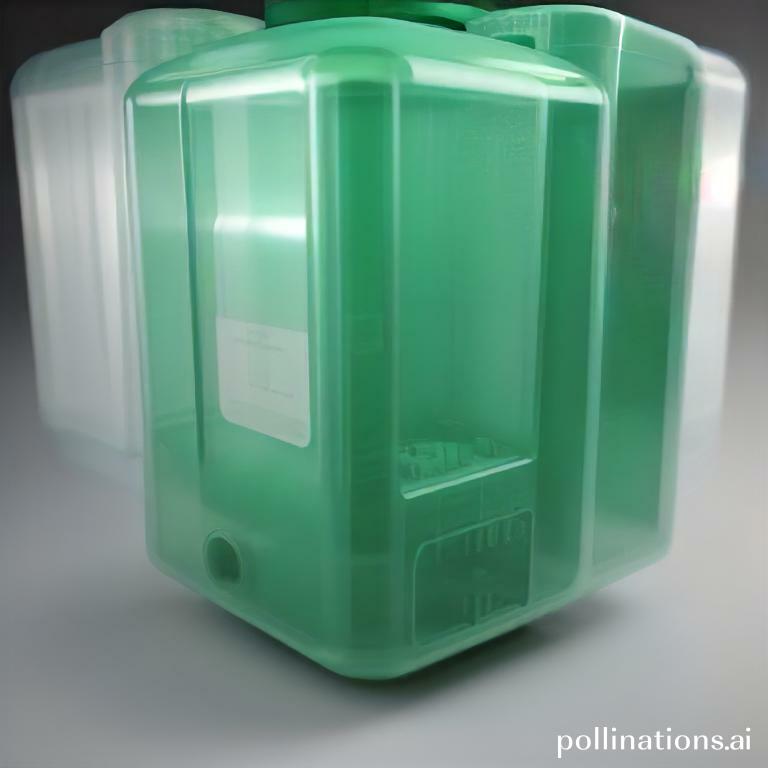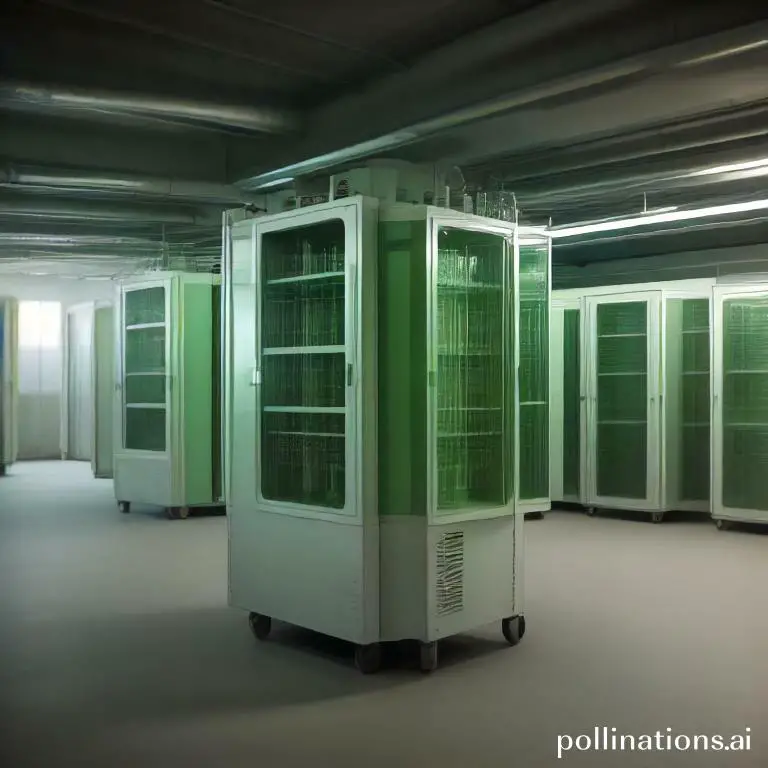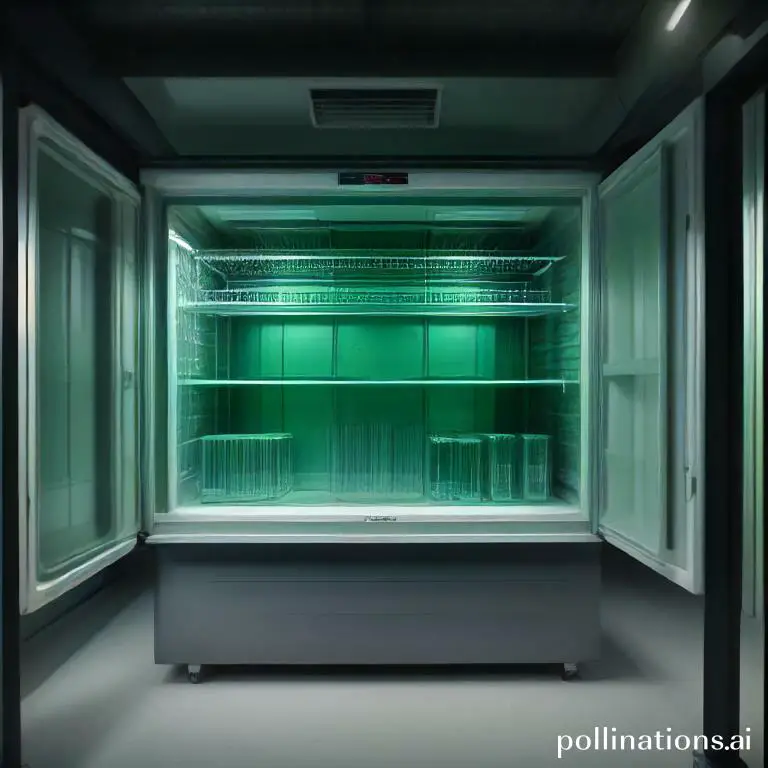
Check Out The Exclusive Deals Waiting For You! ∇
Perceiving Green Refrigerants
1. Definition and characteristics of green refrigerants
Green refrigerants, also known as environmentally friendly refrigerants, are substances used in HVAC systems that have a lower impact on the environment compared to traditional refrigerants. These refrigerants are designed to minimize ozone depletion and reduce global warming potential, making them an ideal choice for sustainable cooling.
Green refrigerants possess specific characteristics that contribute to their eco-friendliness. They have a low global warming potential (GWP), meaning they have a reduced ability to trap heat in the atmosphere and contribute to climate change. Additionally, they have a low ozone depletion potential (ODP), meaning they do not harm the ozone layer.
2. Comparison with traditional refrigerants
When comparing green refrigerants with traditional refrigerants, notable differences emerge. Traditional refrigerants, such as chlorofluorocarbons (CFCs) and hydrochlorofluorocarbons (HCFCs), have been found to have detrimental effects on the environment.
In contrast, green refrigerants are designed to be more environmentally friendly. They have a significantly lower GWP and ODP compared to their traditional counterparts. This means they have a reduced impact on global warming and ozone depletion.
Furthermore, green refrigerants are more energy-efficient, allowing HVAC systems to operate at lower energy consumption levels. This not only saves costs but also contributes to a more sustainable and energy-conscious approach to cooling.
3. Benefits of using green refrigerants in HVAC systems
The use of green refrigerants in HVAC systems offers several benefits:
Environmental Sustainability: Green refrigerants help reduce the carbon footprint and contribute to a more sustainable and eco-friendly approach to cooling.
Energy Efficiency: Green refrigerants are designed to be more energy-efficient, resulting in lower energy consumption and reduced utility bills.
Regulatory Compliance: Many countries and regions have implemented regulations that restrict the use of traditional refrigerants, making green refrigerants a compliant and future-proof choice for HVAC systems.
Health and Safety: Green refrigerants have been extensively tested and proven to be safe for human health and the environment, minimizing the risk of exposure to harmful substances.
| Green Refrigerants | Traditional Refrigerants |
|---|---|
| Low global warming potential (GWP) | High GWP |
| Low ozone depletion potential (ODP) | High ODP |
| Energy-efficient | Less energy-efficient |
| Environmentally sustainable | Harmful to the environment |
Environmental Impact of Traditional Refrigerants
In this section, we will ponder the environmental impact of traditional refrigerants and the need for regulatory measures to phase out these harmful substances. The two main issues associated with these refrigerants are the depletion of the ozone layer and their contribution to global warming.
1. Depletion of the Ozone Layer
One of the major concerns with traditional refrigerants is their role in depleting the ozone layer. These refrigerants contain chlorine and bromine, which can break down ozone molecules in the stratosphere. This leads to the formation of the ozone hole, which allows harmful ultraviolet (UV) radiation to reach the Earth’s surface. UV radiation can have detrimental effects on human health, including skin cancer and cataracts.
To address this issue, regulatory bodies and international agreements, such as the Montreal Protocol, have been established to phase out the use of ozone-depleting substances. The transition to alternative refrigerants that do not harm the ozone layer is crucial in protecting the Earth’s protective shield.
2. Contribution to Global Warming
Traditional refrigerants, such as hydrofluorocarbons (HFCs), are potent greenhouse gases that contribute to global warming. When released into the atmosphere, these refrigerants trap heat, leading to an increase in the Earth’s temperature. This phenomenon, known as the greenhouse effect, has far-reaching impacts on our climate, including rising sea levels, extreme weather events, and disruptions to ecosystems.
Recognizing the urgency to mitigate climate change, regulatory measures have been implemented to phase out the use of high-global-warming-potential refrigerants. The transition to low-global-warming-potential alternatives, such as hydrofluoroolefins (HFOs) and natural refrigerants, is essential in reducing our carbon footprint and preserving the planet for future generations.
3. Regulatory Measures to Phase Out Harmful Refrigerants
To address the environmental impact of traditional refrigerants, various regulatory measures have been put in place. These measures aim to control the production, import, and use of ozone-depleting substances and high-global-warming-potential refrigerants. This includes setting limits on their production, encouraging the use of alternative refrigerants, and promoting the adoption of energy-efficient cooling technologies.
Additionally, manufacturers, businesses, and consumers play a crucial role in this transition. By choosing eco-friendly refrigeration systems and products, we can collectively reduce the environmental impact of cooling technologies and contribute to a more sustainable future.
| Refrigerant Type | Ozone Depletion Potential (ODP) | Global Warming Potential (GWP) |
|---|---|---|
| R22 | 0.05 | 1810 |
| R134a | 0 | 1430 |
| R410A | 0 | 2088 |
Advantages of Green Refrigerants
Reduced impact on the ozone layer
Green refrigerants offer a significant advantage in regard to protecting the ozone layer. By using environmentally friendly compounds, these refrigerants help reduce the release of harmful substances into the atmosphere. This proactive approach ensures that the ozone layer, which shields the Earth from harmful ultraviolet radiation, remains intact.
Lower global warming potential
One of the key benefits of green refrigerants is their lower global warming potential. Unlike traditional refrigerants that contribute to the greenhouse effect and climate change, green refrigerants have a significantly reduced impact. By choosing green refrigerants, we can actively work towards mitigating global warming and preserving the planet for future generations.
Energy efficiency and cost savings
Green refrigerants are not only environmentally friendly but also highly efficient. They have been designed to maximize energy efficiency, resulting in lower electricity consumption and reduced carbon footprint. By using green refrigerants, businesses and households can enjoy significant cost savings on their energy bills in the course of contributing to a sustainable future.

Implementation of Green Refrigerants
Green refrigerants play a crucial role in reducing the environmental impact of HVAC systems. In this section, we will navigate various aspects of implementing green refrigerants, including transitioning existing systems, retrofitting options for older systems, and selecting the right refrigerant for new installations.
1. Transitioning to Green Refrigerants in Existing HVAC Systems
Transitioning existing HVAC systems to green refrigerants is a significant step towards sustainability. By replacing traditional refrigerants with environmentally friendly alternatives, we can minimize ozone depletion and reduce greenhouse gas emissions. This transition requires careful planning and expertise to ensure a seamless conversion process.
2. Retrofitting Options for Older Systems
For older systems that are not compatible with green refrigerants, retrofitting provides a viable solution. By making necessary modifications and upgrades, these systems can effectively utilize eco-friendly refrigerants. Retrofitting options may include replacing components, upgrading insulation, or installing retrofit kits specifically designed for the system.
3. Choosing the Right Green Refrigerant for New Installations
Pertaining to new installations, selecting the appropriate green refrigerant is crucial. Factors such as efficiency, compatibility, and environmental impact need to be considered. It is essential to choose a refrigerant that not only meets the system’s requirements but also aligns with sustainability goals. Green refrigerants, such as hydrofluoroolefins (HFOs) or natural refrigerants like carbon dioxide (CO2), offer promising alternatives to conventional options.
| Green Refrigerant | Benefits |
|---|---|
| Hydrofluoroolefins (HFOs) | Low global warming potential |
| Carbon dioxide (CO2) | Natural and abundant |

Challenges and Considerations
In this section, we will discuss the challenges and considerations related to the use of green refrigerants in HVAC systems. These factors play a crucial role in assessing the feasibility and success of adopting environmentally-friendly cooling solutions.
1. Availability and Cost of Green Refrigerants
One of the primary challenges is the availability and cost of green refrigerants. As the demand for environmentally-friendly options increases, it is essential to ensure a steady supply of these refrigerants. Additionally, the cost of green refrigerants may be higher compared to conventional ones. Nonetheless, the long-term benefits of using eco-friendly refrigerants outweigh the initial investment.
2. Compatibility with Existing HVAC Equipment
Another consideration is the compatibility of green refrigerants with existing HVAC equipment. It is crucial to assess whether the current systems can support the new refrigerants without significant modifications or replacements. Retrofitting or upgrading may be necessary to ensure optimal performance and efficiency.
3. Training and Certification Requirements for Technicians
Introducing green refrigerants also brings the need for training and certification of technicians. Proper knowledge and expertise are crucial to handle, install, and maintain these refrigerants safely. Technicians must be trained in the specific requirements and best practices associated with green refrigerants to ensure reliable and efficient operation.
Addressing these challenges and considerations will pave the way for a successful transition to green refrigerants in HVAC systems. By overcoming these obstacles, we can create a more sustainable and environmentally-friendly cooling solution that benefits both businesses and the planet.
Conclusion
In conclusion, the use of green refrigerants has a significant impact on the ozone layer. These refrigerants are eco-friendly and do not contribute to the depletion of the ozone layer. By using green refrigerants, we can reduce the harmful effects of traditional refrigerants on the environment and human health. That being said, essential to note that the adoption of green refrigerants requires a significant investment and may not be feasible for all households or businesses. Therefore, integral to weigh the benefits and costs before making a decision to switch to green refrigerants.
Read Also:
1. Role of green refrigerants in reducing carbon footprint
2. Environmental advantages of using green refrigerants




